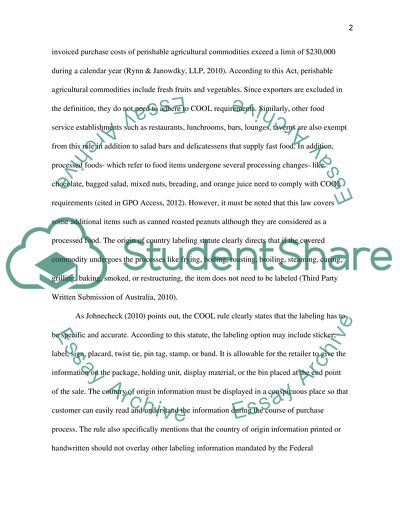Cite this document
(Country of Origin Labeling Coursework Example | Topics and Well Written Essays - 1750 words, n.d.)
Country of Origin Labeling Coursework Example | Topics and Well Written Essays - 1750 words. Retrieved from https://studentshare.org/law/1441840-country-of-origin-labeling
Country of Origin Labeling Coursework Example | Topics and Well Written Essays - 1750 words. Retrieved from https://studentshare.org/law/1441840-country-of-origin-labeling
(Country of Origin Labeling Coursework Example | Topics and Well Written Essays - 1750 Words)
Country of Origin Labeling Coursework Example | Topics and Well Written Essays - 1750 Words. https://studentshare.org/law/1441840-country-of-origin-labeling.
Country of Origin Labeling Coursework Example | Topics and Well Written Essays - 1750 Words. https://studentshare.org/law/1441840-country-of-origin-labeling.
“Country of Origin Labeling Coursework Example | Topics and Well Written Essays - 1750 Words”, n.d. https://studentshare.org/law/1441840-country-of-origin-labeling.


